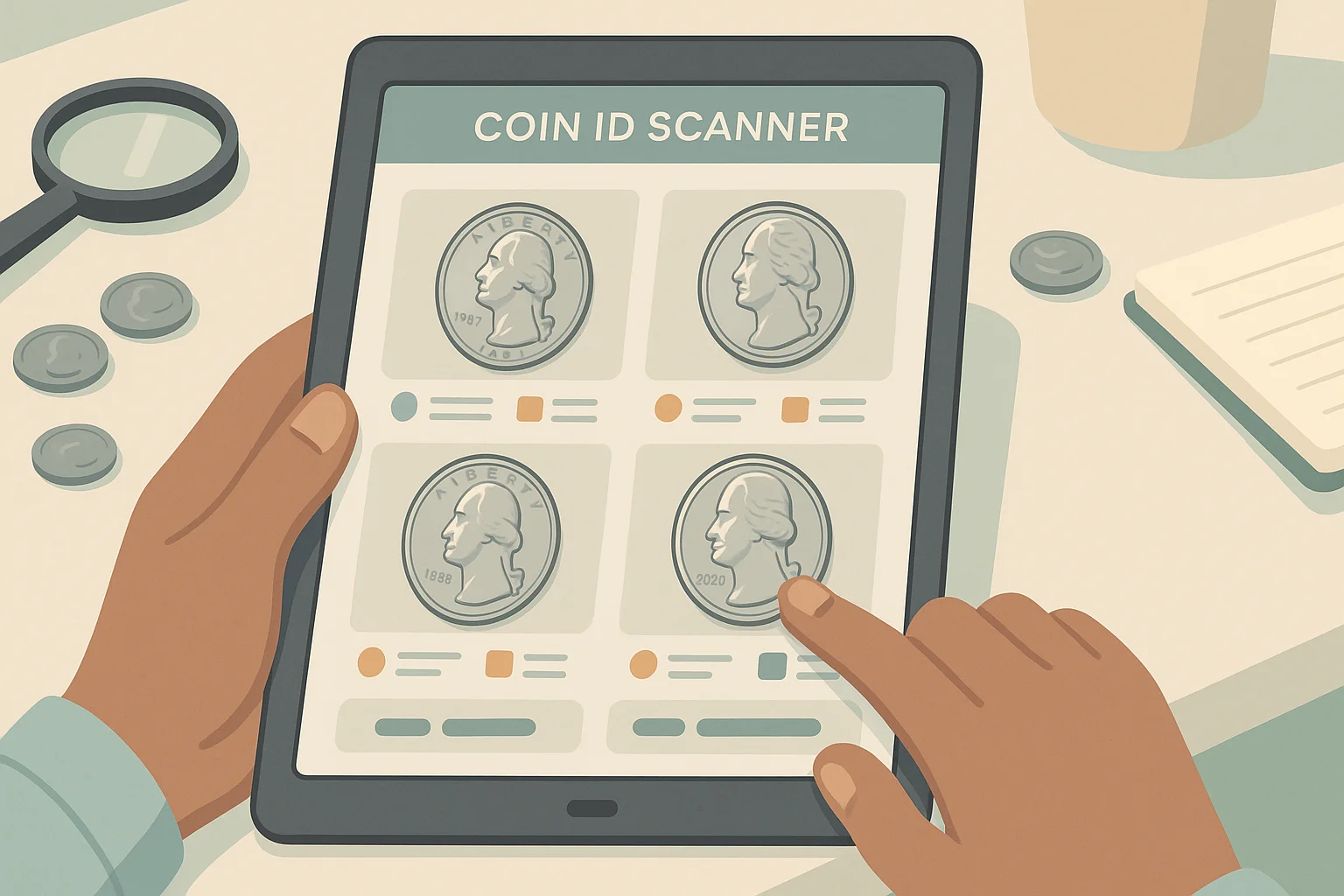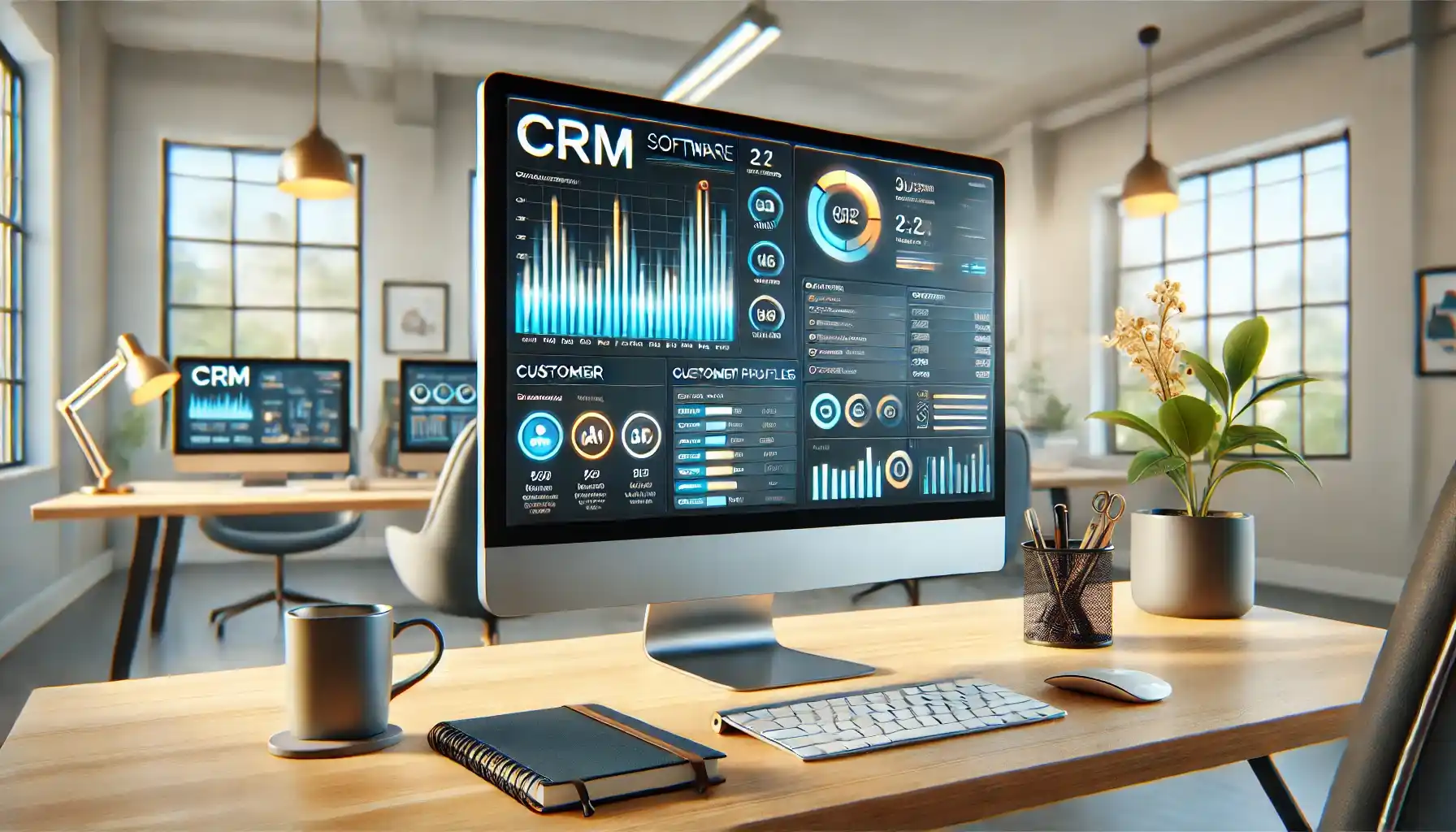Notable Issues for Your Modern Quarter Collection: 1967 and Other Years
Building a modern quarter collection starts with recognizing transitional and standout issues that define U.S. coinage history. Among them, the 1967 Quarter with a standard Washington design marks a pivotal shift from silver to clad composition, making it an essential piece for collectors seeking both accessibility and historical depth.

The 1967 Washington Quarter: A Transitional Classic
The 1967 quarter was minted during the U.S. transition away from 90% silver coins. Instead, it featured a copper-nickel clad design — a response to rising silver prices and nationwide coin shortages.
Key details:
Feature | Specification |
Composition | Copper-nickel clad (core of pure copper) |
Weight | 5.67 g |
Diameter | 24.3 mm |
Mint Mark | None (1965–1967 had no mint marks to prevent hoarding) |
Mintage | 1.5+ billion |
The obverse retains George Washington’s profile, while the reverse shows the American eagle, symbolizing strength and national identity.
Collector Appeal and Value
Although common, the 1967 quarter is prized for its transitional role and collectible variations. Notable examples include:
Special Mint Set (SMS) issues with satin surfaces and stronger strikes.
Error coins such as doubled dies and die cracks.
Approximate values:
Type | Estimated Value Range |
Circulated | $0.25–$1 |
SMS (MS67+) | $50–$200 |
Major error coins | $100–$400+ |
The absence of a mint mark makes these coins historically distinct and easy to recognize. Well-preserved SMS coins, especially in higher grades, remain desirable among collectors.
Other Noteworthy Quarter Issues for Collectors
While the 1967 quarter defines a transitional period, several other modern issues also stand out for their rarity, design, or historical importance. These coins represent milestones every serious collector should know when building a balanced and valuable collection.
1965 Washington Quarter — The Start of the Clad Era
The 1965 quarter marked the official end of 90% silver coinage and the introduction of the copper-nickel clad standard. Despite a massive mintage, finding pristine examples is challenging.
Composition: Copper-nickel over pure copper core.
Mintage: Over 1.8 billion.
Notable trait: No mint mark.
High-grade uncirculated coins (MS67+) have sold for $10,000 or more, proving that condition alone can define rarity in modern issues.
1966 and 1968 Quarters — High-Grade Rarities
Quarters from 1966 and 1968 attract collectors for their strike quality and surface finish, especially from Special Mint Sets (SMS).
1966 SMS coins with deep luster and flawless surfaces can reach $200–$400.
1968 marked the return of mint marks, adding a fresh layer of collectibility.
Perfectly preserved proof coins from San Francisco (1968-S) are particularly sought after.
1976 Bicentennial Quarter — A Cultural Icon
The Bicentennial quarter celebrated 200 years of American independence. Designed by Jack L. Ahr, it features a colonial drummer and dual date “1776-1976.”
Available in multiple forms:
Copper-nickel circulation coins
40% silver uncirculated and proof editions
Silver versions command higher value, typically $8–$15, while pristine proofs and deep-cameo strikes can exceed $100.
Modern Highlights: 2019–2020 “W” Quarters
In a modern twist, the U.S. Mint produced a limited run of West Point-minted quarters (“W” mark) to stimulate collecting. Only 2 million per design were released into circulation.
2019-W San Antonio Missions Quarter: Sales up to $75,000 in top condition.
2020-W Marsh-Billings-Rockefeller Quarter: Values reaching $40,000 for perfect graded examples.
These represent some of the rarest and most valuable modern quarters ever struck for circulation.

Notable Modern Quarters
Year | Key Traits | Approximate Top Value |
1965 | First clad issue, no mint mark | $10,000+ |
1966 | SMS rarity, high surface quality | $400 |
1967 | Transitional design, no mint mark | $200 |
1968-S | Proof revival, strong strike | $150 |
1976 | Bicentennial design, silver edition | $100 |
2019-W | West Point rarity | $75,000 |
2020-W | Modern collectible milestone | $40,000 |
How to Identify and Manage Valuable Quarters
Recognizing value in modern quarters goes beyond rarity—it’s about condition, authenticity, and documentation. Small details such as a sharp strike, mint mark placement, or unusual die flaw can transform a common coin into a collector’s highlight.
Key Factors That Define Value
Condition and Grade
The most critical factor. Coins graded MS60 and higher show no circulation wear. Exceptional pieces (MS67–MS68) can reach exponential premiums. Professional grading by PCGS or NGC ensures authenticity and market recognition.Mint Marks and Production Origin
Mint marks—such as “D” (Denver), “S” (San Francisco), or “W” (West Point)—add collectible distinction. For instance, the reintroduction of mint marks after 1967 and the introduction of the rare “W” quarters revived interest in mint variety collecting.Errors and Varieties
Common premium-triggering errors include doubled dies, off-center strikes, die cracks, and missing elements. Even subtle production flaws can make coins highly desirable among specialists.Provenance and Certification
Documentation matters. Graded, slabbed coins with serial numbers and certification labels carry greater market confidence and liquidity.
Empowering Your Hobby with Coin ID Scanner
Identifying coins accurately can be challenging, especially for new collectors. The Coin ID Scanner app simplifies this process through visual recognition and detailed data:
Instant photo identification with accuracy above 98%.
Comprehensive coin profiles covering mint year, country, metal, edge, and dimensions.
Automatic valuation reflecting real-time collector market trends.
Digital collection management with filters for rarity, grade, or composition.
AI Coin Helper for guided insights and educational context.
Available on both Android and iOS, the app’s freemium model allows collectors to track, organize, and verify their coins efficiently without manual cataloging. It’s a practical companion for anyone curating a modern quarter collection.
Staying Informed and Growing Your Collection
Knowledge builds confidence. Reliable sources include:
PCGS and NGC population reports for verified grading data.
Heritage Auctions and Stack’s Bowers for live sale results.
Online collector forums and coin clubs for shared expertise.
Coin value guides for current market benchmarks.
Collect Smart, Stay Curious
Modern quarter collecting combines history, design, and discovery. The 1967 Washington Quarter remains a vital transitional piece, while later issues—from the Bicentennial to the 2019–2020 “W” series—offer investment-worthy opportunities.
With careful grading, continuous research, and digital tools like Coin ID Scanner, collectors can identify hidden value, authenticate their finds, and maintain a precise digital archive.
Each coin becomes a small artifact of change—proof that even modern issues can hold lasting significance when approached with knowledge and care.






